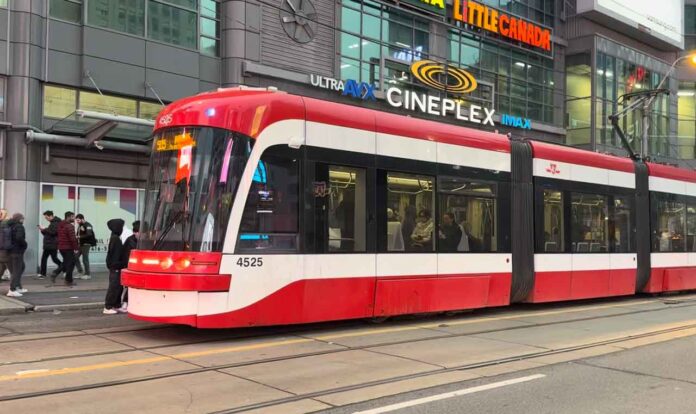Infra
Toronto moving ahead with plans to attack its growing rat problem

Toronto City Council has approved a motion directing city staff to come up with an action plan to reduce the growing rat population in the city.
The Infrastructure and Environment Committee has been asked to develop strategies to deal with the impact of rats on local neighbourhoods and report back to council in the fall of 2025.
The motion also asks the city manager to consult other communities in North America on their approach to rat reduction.
The motion, originally put forward by Coun. Alejandra Bravo and Deputy Mayor Amber Morley, was in response to residents’ concerns about a rise in visible rats in local neighbourhoods.
Bravo cited several factors that have come together to create a kind of “perfect rat storm” including a sharp increase in construction in the city, due to transit projects and housing development, This has disrupted rat habitats deep underground, driving them into open spaces where people can see them.
One of the places Toronto officials are expected to look for answers is Alberta, which says it has been a rat-free zone for about 70 years.
The province says it does not allow rat populations to establish themselves and while small infestations might occasionally occur, those rats are isolated and eradicated when found.
Karen Wickerson has been at the helm of the province’s rat control program for four years and says that a multi-pronged approach is necessary, but ultimately the province prescribes a strategy of elimination based on vigilant citizen reportage.
The project that began in the 1950s has been so successful that many Albertans don’t even know what a rat looks like anymore, Wickerson said, sometimes sending pictures of tree squirrels to the official government reporting email.
New York City has announced it will be hosting the Urban Rat Summit in September, which aims to bring together experts in pest control, academic researchers, and politicians to share best practices for rat population control in North American cities.
Files from The Canadian Press were used in this report








